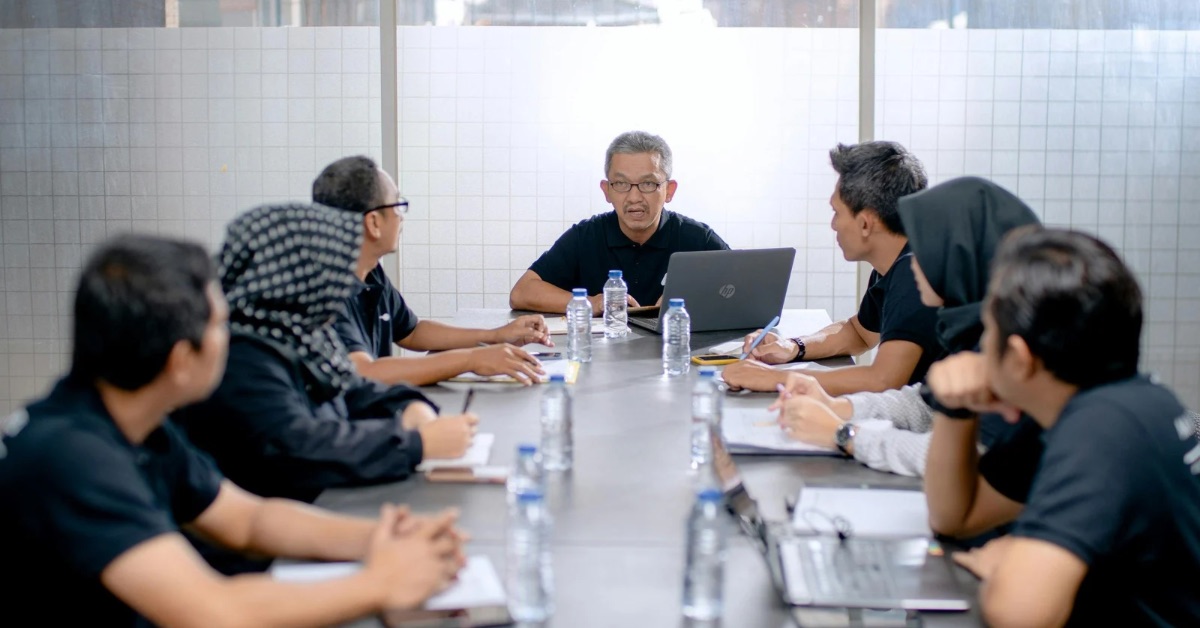Cyber Security Education for C-Levels: Why It Matters and How to Help?
June 23, 2023, 5 min read
Cyber attacks increasingly impact companies (including facial recognition companies) and all sizes and sectors, particularly C-level executives like CEOs, CFOs, and CTOs. As high-ranking individuals with access to sensitive data, they are enticing targets for hackers. Comprehensive cyber security education is crucial for C-suite executives to mitigate risks and protect their organizations and data. This blog article offers practical guidance on supporting senior executives in their cyber security education, addressing prevalent scams and threats targeting C-level executives.
Common Cyber Security Risks and Scams Targeting C-Levels
C-level executives are prime targets for cybercriminals due to their authority, access to sensitive information, and potential lack of awareness of cyber dangers. To effectively recognize and respond to threats, executives need a solid understanding of common scams and threats in cyber security education. Here are some prevalent scams and threats that target C-level executives:
Attacks using Phishing
Phishing continues to be one of the most widespread cyber dangers. Cybercriminals impersonate reputable organizations, aiming to deceive C-level executives into sharing private information like passwords or financial data, enabling identity theft and further crimes. Email serves as a common phishing vector, with sophisticated tactics employed to create authentic-looking emails.
Business Email Compromise (BEC) Scams
Cybercriminals conduct Business Email Compromise (BEC) scams, posing as senior executives or business partners to deceive employees into unauthorized actions. C-level executives are prime targets as scammers exploit their authority for approving sensitive data or financial transactions.
Attacks Caused by Ransomware
Ransomware is a form of software that encrypts the data of a victim, making those contents unavailable until the victim pays a ransom. C-level executives may be targeted so that the potential payoff can be maximized or so that the negotiating position may be strengthened. Attacks using ransomware can have severe effects on enterprises, both in terms of financial loss and reputational harm.
Threats from the Inside
Also known as “insider threats,” these are dangers that might be posed by people working for an organization who have access to confidential information. C-level executives may mistakenly or maliciously compromise security by acts such as revealing confidential information or falling victim to social engineering attacks. These types of security breaches may occur when executives provide confidential information or fall victim to social engineering attacks.
How to Help Seniors with Cyber Security Education
It is crucial to provide C-level executives with cyber security education that is especially targeted to their needs to educate them with the information and skills necessary to safeguard themselves as well as their organizations. The following is a list of helpful practices that can assist seniors in improving their awareness of cyber security:
Training Programs Tailored to Your Needs
Benefit from specialized cyber security training programs developed specifically for C-level executives to meet your unique needs. These programs ought to center their attention on the one-of-a-kind difficulties and dangers they encounter. Give in-depth information on a variety of different cyber dangers, such as phishing, BEC schemes, ransomware, and insider threats. It is necessary to emphasize how important it is to recognize suspicious actions and report them as soon as possible.
Testing the Vulnerability of C-Level Executives to Phishing Attacks Using Simulated Phishing Campaigns
It is important to assess the vulnerability of C-level executives to phishing attacks using regular simulated phishing campaigns. Conduct phishing campaigns to raise awareness and educate senior executives on spotting phishing attempts. Analyze data to identify knowledge gaps and offer targeted training in those areas.
Workshops to Raise Awareness of Cyber security
Host interactive workshops with industry professionals sharing effective cyber security best practices and real-world examples of cyber assaults. Encourage senior leaders to share their experiences and perspectives. Cultivate a security-conscious culture and provide a platform for ongoing learning and growth within the organization.
Engage specialists from Outside Your Organization
To give C-level executives specialized counsel and training, you should collaborate with cyber security specialists from outside your organization. Specialists offer valuable insights on newly emerging threats, business-specific dangers, and best practices for protecting critical data. Utilizing external experts enhances credibility and ensures that the training remains up-to-date with the latest trends and strategies employed by cybercriminals. Furthermore, external experts can provide feedback to improve the training program.
Executive Coaching and Mentoring
Provide one-on-one coaching and mentoring sessions with seasoned professionals in the field of cyber security. During these seminars, C-level executives can receive individualized coaching on best practices for cyber security, risk assessment, incident response, and establishing a security-conscious attitude. Executive coaching enables senior leaders to more effectively manage possible dangers and integrate cyber security into their decision-making processes. This improves the senior leaders’ overall ability to protect the organization.
Maintaining C-level executives’ awareness of the most recent cyber security trends, dangers, and best practices
Enable regular security updates and newsletters to provide C-level executives with valuable information. Ensure these communications are concise, relevant, and focused on the topic at hand. Encourage senior leaders to stay vigilant and make informed decisions by offering useful insights and practical advice.
Establishing a Culture of Cyber security
Establish a culture of cyber security awareness throughout the organization, starting with leadership. Encourage C-level leaders to prioritize cyber security and set a positive example for their teams. Foster an environment where employees at all levels take responsibility for protecting sensitive information by integrating cyber security into core principles and policies.
Planning for a Response to an Incident
Develop and consistently update a response plan specifically tailored for C-level executives, emphasizing its importance. Outline the necessary steps to take in the event of a cybersecurity breach within this plan. Include reporting procedures, communication protocols, and recovery methods as essential components. Conduct regular tabletop exercises to simulate cyber security incidents and assess the effectiveness of the response strategy.
Conclusion
Executives at the C-suite level must obtain an extensive education in the field of cyber security in this age of rising online dangers.No mather what they sectors (legaltech, real estate, FMCG, e-commerce, etc.)are, they should take action. Because of their responsibilities as decision-makers and as keepers of sensitive data, cybercriminals view them as prime targets for attack. Organizations can considerably lower the likelihood of successful attacks by improving their understanding of the main dangers and scams that target C-level executives and by using effective tactics to assist senior employees in improving their awareness of cyber security threats.
Empower C-level executives and protect organizations by taking key steps: Tailored training programs, simulated phishing campaigns, cyber security workshops, engaging external experts, executive coaching, and fostering a culture of cyber security. Invest in C-level education to strengthen defenses, reduce risks, and ensure a secure digital environment. Ongoing cyber security education is essential to keep pace with evolving threats. Prioritize education for C-level executives to proactively defend against cyber attacks, safeguard organizational assets, and preserve trust in an interconnected world.




























